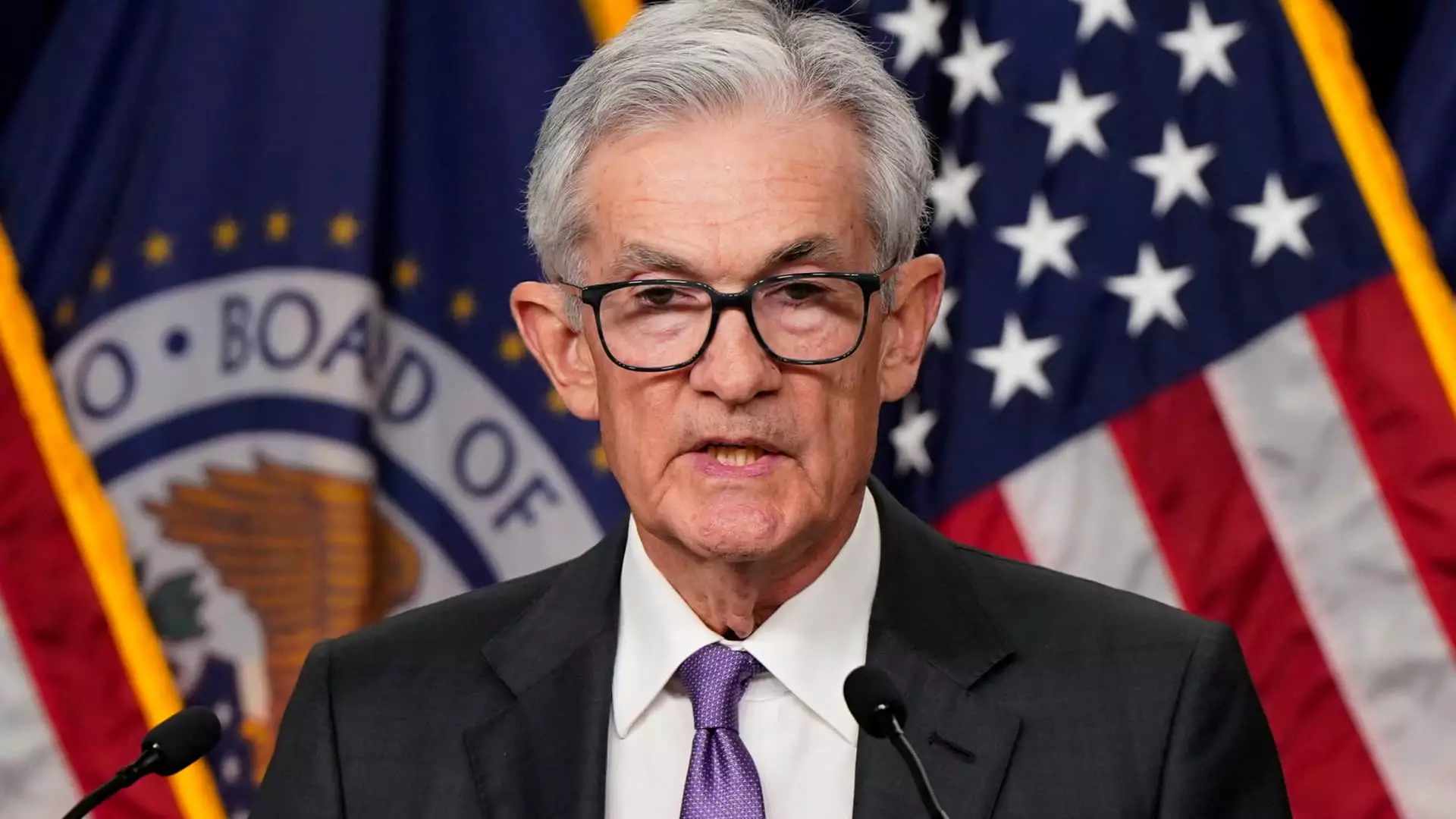In a significant move that reflects changing economic conditions, the Federal Reserve recently announced its first interest rate cut since the onset of the Covid pandemic. By reducing the benchmark rates by half a percentage point, the central bank aims to alleviate mounting pressures in the labor market and foster a more favorable economic environment. As the Federal Open Market Committee (FOMC) responds to softening labor and inflation indicators, this decision marks a crucial pivot reminiscent of previous economic crises, notably the financial collapse of 2008.
The Federal Reserve’s action lowers the federal funds rate to a target range of 4.75% to 5%. This rate primarily influences short-term borrowing costs among banks but also directly impacts consumer borrowing across several sectors, including mortgages, auto loans, and credit cards. Unlike standard gradual cuts, this abrupt half-point cut signals a strategic response designed to navigate unforeseen economic headwinds and revitalize sluggish momentum in the workforce.
The decision was not made in isolation; it comes on the heels of increased anxiety surrounding job growth and inflation trends. There is newfound optimism surrounding inflation trajectories, with the FOMC suggesting strides toward a sustainable 2% inflation rate. However, the committee’s analysis revealed a tightening labor market, prompting them to increase their unemployment projections to 4.4% for this year, reflecting a more cautious outlook on employment stability.
With the inflation forecast simultaneously adjusting downward to 2.3% from a previous reading of 2.6%, the FOMC presented a nuanced view of the economic landscape. The posture of the committee indicates a balancing act; they are cautiously optimistic about inflation but wary of the implications of slower job growth. This delicate equilibrium points to a broader intention to avoid drastic increases in unemployment while still striving for price stability.
Interestingly, the decision was not universally embraced among committee members. With a vote of 11-1, Governor Michelle Bowman expressed dissent, favoring a more conservative quarter-point cut instead. This dissent is notable as it marks the first occasion a Fed governor has disagreed since 2005, highlighting rising divisions regarding the best course of action to secure economic stability.
Market reactions to the announcement were notably mixed. The Dow Jones Industrial Average soared by as much as 375 points shortly after the news broke, only to later retract those gains as investors processed the implications of the Fed’s announcement more thoroughly. While government securities saw a slight uptick in yields, fears of a continued series of aggressive cuts appeared to be tempered by Chair Jerome Powell’s remarks. Powell emphasized that this was not an overture to further substantial cuts but rather a measured response to recent economic developments.
Although the decision to cut rates is unprecedented in the current economic climate—characterized by steady GDP growth and strong consumer spending—investors and economists remain wary. The Fed’s decision is partially rooted in external pressures that have emerged due to the pandemic—namely, disruptions in supply chains and an unprecedented demand for goods over services.
The Fed’s announcement comes amid simultaneous rate cuts from various global central banks, as monetary authorities worldwide grapple with the aftershocks of the pandemic. The landscape indicates a strategic move by the Fed to remain influential and counterbalance fiscal strategies employed by counterparts such as the Bank of England and the European Central Bank.
The persistent question that looms is how aggressively the Fed will continue on this path of recalibrating policy and whether it can sustain a balance between stimulating economic recovery and keeping inflation in check. The road ahead remains complex, with projected rate cuts expected to total approximately a full percentage point by the end of 2025 and gradual easing in 2026.
The Federal Reserve’s recent decision to cut interest rates is indicative of broader trends at play within the economy. As officials maneuver through these uncharted waters, a crucial element will be maintaining a balance that fosters recovery without igniting inflation. Policymakers will need to navigate the differing sentiments within the FOMC and ongoing market volatility while ensuring adaptability in their strategies as they respond to the evolving economic landscape. As history shows, decisions made in moments of uncertainty can lead to profound implications for both national and global economies, and the Fed’s recent actions will undoubtedly reverberate for years to come.

